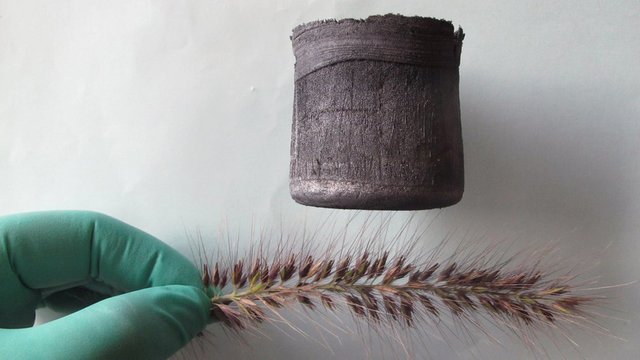
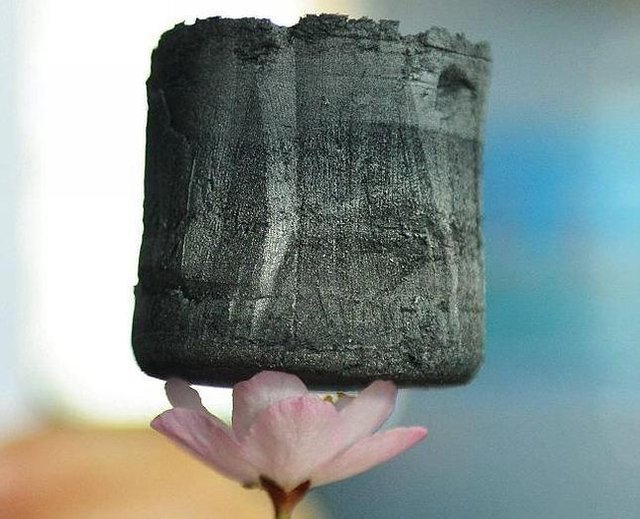
Chinese material scientists have created the world’s lightest material: A graphene aerogel that is seven times lighter than air, and 12% lighter than the previous record holder (aerographite). A cubic centimeter of the graphene aerogel weighs just 0.16 milligrams — or, if you’re having a problem conceptualizing that, a cubic meter weighs just 160 grams (5.6 ounces). The graphene aerogel is so light that an cube inch of the stuff can be balanced on a blade of grass, the stamen of a flower, or the fluffy seed head of a dandelion (see pictures below).
Most aerogels are produced using a sol-gel process, where a gel is dehydrated until only the aerogel remains. Some aerogels are also produced using the template method — aerographite, for example, is created by growing carbon on a lattice (template) of zinc oxide crystals — and then the zinc oxide is removed in an oven, leaving just the carbon aerogel. To create the graphene aerogel, however, researchers at Zhejiang University use a novel freeze-drying method. Basically, it seems like the researchers create a solution of graphene and carbon nano tubes, pour it into a mold, and then freeze dry it. Freeze drying dehydrates the solution, leaving single-atom-thick layers of graphene, supported by carbon nano tubes. The researchers say that there’s no limit to the size of the container: You could make a mini graphene aerogel using this process, or a meter-cubed aerogel if you wish.
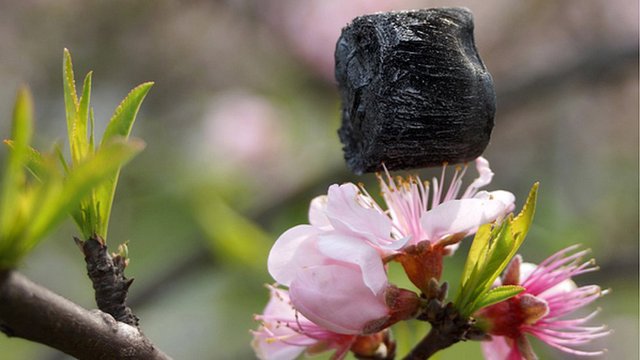
The end result is an aerogel that weighs just 0.16 milligrams per cubic centimeter, and has truly superb elasticity and absorption. The graphene aerogel can recover completely after more than 90% compression, and absorb up to 900 times its own weight in oil, at a rate of 68.8 grams per second. With these two features combined, lead researcher Gao Chao hopes that the material might be used to mop up oil spills, squeezed to reclaim the oil, and then thrown back in the ocean to mop up more oil. Beyond filtration, graphene aerogel might be used as insulation — or, if it’s as conductive as aerographite (which seems likely), graphene aerogel could enable the creation of lighter, higher-energy-density batteries.
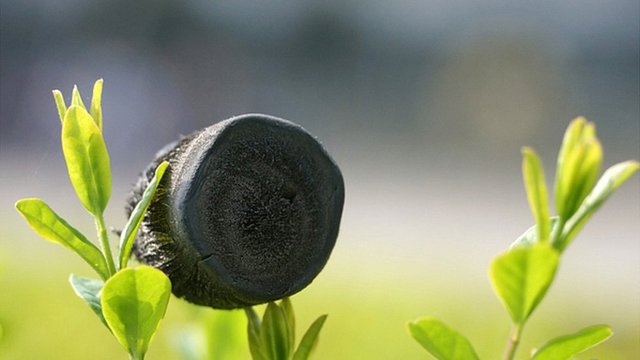
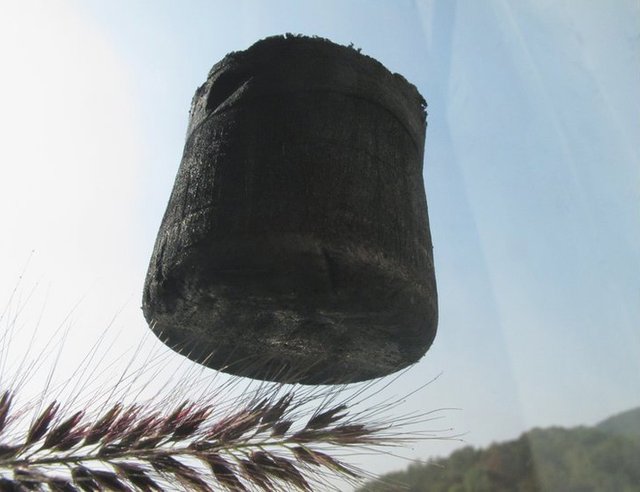
Source: ExtremeTech.com
Did you take these pictures? The material is very neat.
Downvoting a post can decrease pending rewards and make it less visible. Common reasons:
Submit
No, i didn't :)
And yes, Graphene aerogel is awesome!
Downvoting a post can decrease pending rewards and make it less visible. Common reasons:
Submit
If you didn't take them, then you should give some credit to the source. Someone took them, and unless they are creative commons licensed, that person deserves credit for their hard work.
As for the aerogel, yeah its fascinating. Watching the graphene technology advance over the past few years has been awesome!
Downvoting a post can decrease pending rewards and make it less visible. Common reasons:
Submit
I'm 99% sure that they are creative commons licensed, but I've added a source anyway.
Downvoting a post can decrease pending rewards and make it less visible. Common reasons:
Submit
Thank you for taking the time to do so.
Downvoting a post can decrease pending rewards and make it less visible. Common reasons:
Submit
קול
Downvoting a post can decrease pending rewards and make it less visible. Common reasons:
Submit
I hope my next Ferrari would come in grapheme aerogel chasis! ;-)
Downvoting a post can decrease pending rewards and make it less visible. Common reasons:
Submit
LOL :D
Downvoting a post can decrease pending rewards and make it less visible. Common reasons:
Submit
Congratulations @lior-h! You have completed some achievement on Steemit and have been rewarded with new badge(s) :
Click on any badge to view your own Board of Honor on SteemitBoard.
For more information about SteemitBoard, click here
If you no longer want to receive notifications, reply to this comment with the word
STOPDownvoting a post can decrease pending rewards and make it less visible. Common reasons:
Submit
nice
Downvoting a post can decrease pending rewards and make it less visible. Common reasons:
Submit